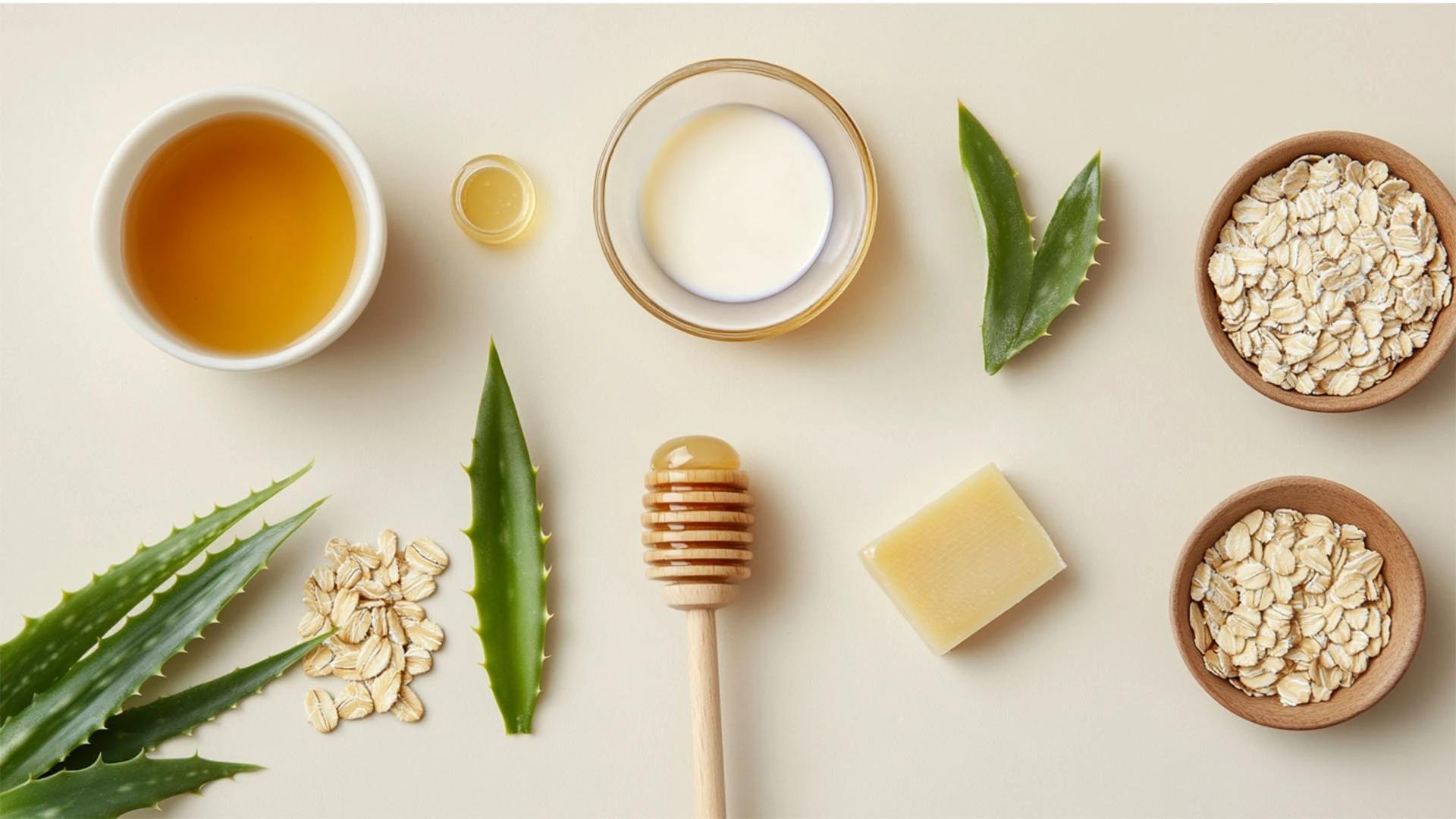Dermatologist-Recommended Tips for Maximum Benefits
Consistency trumps everything else when it comes to skincare. Dermatologists always stress that using a decent cream regularly will give you better results than using an expensive one sporadically. Also, patch testing new products on a small area first can save you from potential reactions or breakouts.
Don't be afraid to adjust your routine based on seasons, hormonal changes, or life circumstances. Your skin's needs can change, and what worked brilliantly last year might not be your skin's cup of tea now. When in doubt, consulting a dermatologist about your specific concerns is always worth considering.
Frequently Asked Questions
How long does it take to see results from using a skincare cream?
Most people start noticing improvements in skin texture and hydration within 1-2 weeks, but significant changes like reduced fine lines or improved skin tone typically take 6-8 weeks of consistent use. Your skin cell turnover cycle is about 28 days, so patience is key.
Can I use the same cream for both day and night?
Whilst some creams work for both, it's generally better to use different formulas. Day creams are lighter and often include SPF, whilst night creams are richer and focus on repair ingredients. If budget's tight, prioritise a good daytime moisturiser with SPF.
Is it necessary to use different creams for different areas of the face?
Not necessarily, but the eye area often benefits from a specialised cream since the skin there is thinner and more delicate. Your regular face cream should work fine for most areas, just use a lighter touch around the eyes.
How often should I change my skincare cream?
If your current cream is working well, there's no need to change it regularly. However, your skin's needs might change with age, seasons, or hormonal fluctuations. Consider switching if you're experiencing new concerns or if your skin feels like it's not responding as well.
Can skincare creams really help with anti-aging?
Absolutely, but manage your expectations. Creams with proven ingredients like retinoids, peptides, or vitamin C can help improve skin texture, reduce fine lines, and boost collagen production over time. They won't work miracles, but consistent use can definitely make a visible difference.
Key Takeaways
Choosing the right skincare cream is just the first step—how you apply it makes all the difference in getting the results you're after. Remember to match your cream to your skin type, use the proper application technique, and give products time to work their magic. Consistency beats everything else when it comes to skincare, so find a routine you can stick with long-term. Whether you're using a simple moisturiser or a targeted skin repair solution, taking a few extra minutes to apply it properly will help your complexion look and feel its absolute best.

 20 gm
20 gm 500 gm
500 gm 500 gm
500 gm 500 gm
500 gm